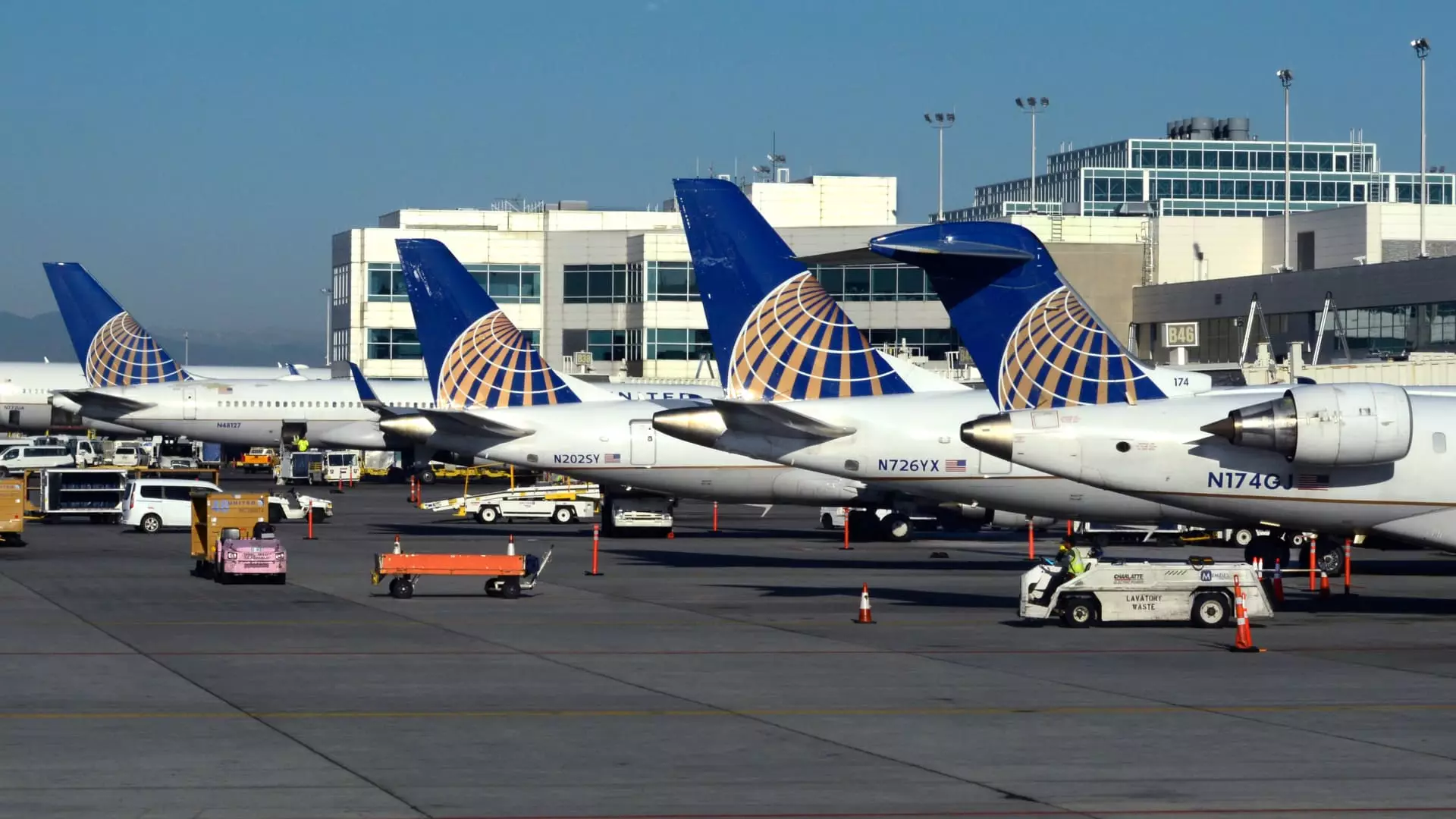United Airlines has made headlines with the announcement of increased fees for both its airport lounge memberships and co-branded credit card offerings. This strategic move, revealed alongside enhanced sign-up bonuses and additional cardholder benefits, raises pertinent questions about consumer loyalty and value perception in an era where travel has become more than just a luxury—it’s often a necessity. For travelers, the concept of “value” has taken on new dimensions, yet it seems United is betting consumers will embrace these changes without much resistance.
Challenging Consumer Loyalty
Richard Nunn, the head of United’s MileagePlus program, argues that these fee increases are offset by enriched benefits. But is raising the cost of what was once standard really a way to cultivate loyalty? It seems questionable. As airlines have incrementally hiked prices across the board—be it for luggage, seat selections, or now, amenities—the question looms larger: at which point does the perception of value become a mere illusion? The dilution of benefits reflected in higher fees paints a precarious picture of the airline’s relationship with loyal customers.
Class Disparities in Air Travel
United, along with other major airlines, has joyfully capitalized on the expanding elite class of frequent flyers while simultaneously tightening access to lounge facilities. The growing number of premium credit card holders and increased demands for lounge access signals a shift towards exclusivity that could alienate many loyal travelers. Should access to comfort during travel be determined by one’s financial capacity to pay inflated fees? Herein lies a moral dilemma rooted in the very fabric of modern travel culture—a space that, ironically, exists to connect and unify individuals.
Optimizing Profit Amongst Services
The surge in United’s lettings—from a jaw-dropping $3.49 billion in ancillary revenue—demonstrates not only a profit optimization strategy but also hints at a concerning trend in airline economics. These figures indicate a pivotal shift from traditional revenue models primarily relying on passenger fares to a disturbing reliance on ancillary services that respond to add-ons and hidden fees. While it may appear as though passengers are receiving more, the reality is more convoluted, and customers are left reeling from what feels like an ever-declining value proposition.
Consumer Response: A Double-Edged Sword?
As travelers, we find ourselves at a crossroads between our longing for comfort during travel and the rising costs associated with those comforts. Will consumers simply fold under the weight of new fees, or will they begin to demand more transparency and fairness from airlines? This pivotal moment presents the risk of driving away loyal customers if perceptions shift enough to prioritize overall affordability and experience over individual perks.
Even in the throes of inflation and rising costs, one has to wonder: is this the future of travel, where loyalty is tethered less to the brand itself and more to the depths of one’s wallet? The coming months will reveal the true sentiment of travelers and whether United Airlines’ gamble on premium fees will translate into sustainable revenue growth or backlash from its ever-evolving customer base.



Leave a Reply